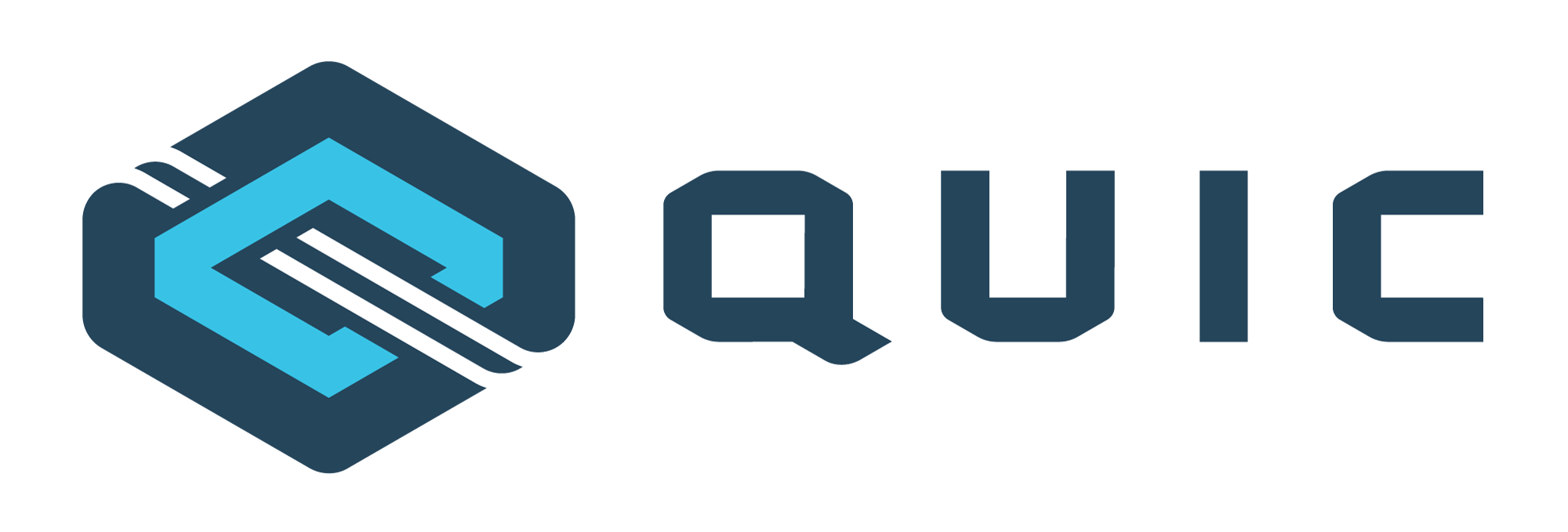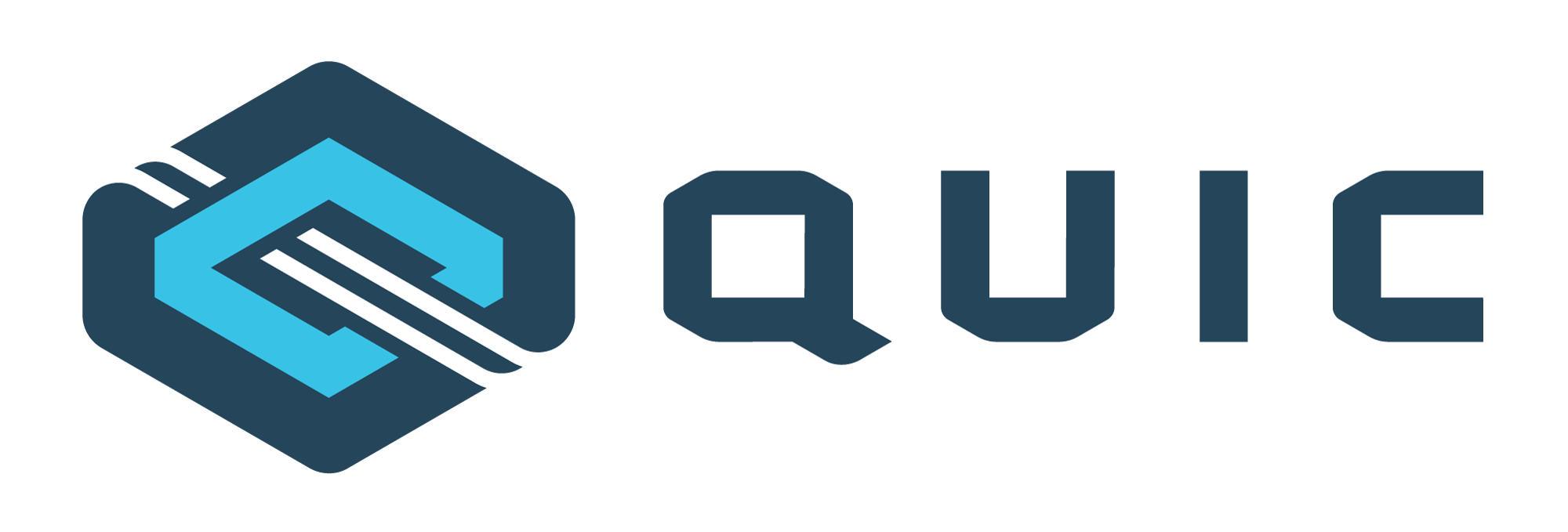IDG Contributor Network: Where service health meets system health
As agility becomes a primary competitive advantage for the modern business, I’m seeing more enterprises adopt new technologies for quicker innovation and faster time to value. Public cloud, containers, microservices and serverless computing help you increase speed of execution and increase organizational flexibility, because the ability to react quickly is now part of the customer experience. In the era of digital transformation, speed has clearly become a competitive differentiator.For the last twenty years, technology companies catering to the needs of IT operations and service management teams, have been trying to support this need for speed. Their challenge? The underlying technology, processes and customer expectations are constantly shifting. Standard IT operations management (ITOM) has been focused on system health and uptime in an increasingly dynamic environment. Meanwhile, IT service management (ITSM) approaches have been built around the process of managing tickets and remediating individual incidents. Historically, these two teams have acted separately within the core of the enterprise IT team.To read this article in full, please click here

 While it’s not the first security firm to go public this year — Zscaler and Carbon Black also completed successful IPOs — at $288 million it would be the most profitable.
While it’s not the first security firm to go public this year — Zscaler and Carbon Black also completed successful IPOs — at $288 million it would be the most profitable.

 Big banks find more to like with container technology, which offers security plus tools to innovate and better compete in a dogged marketplace.
Big banks find more to like with container technology, which offers security plus tools to innovate and better compete in a dogged marketplace.
